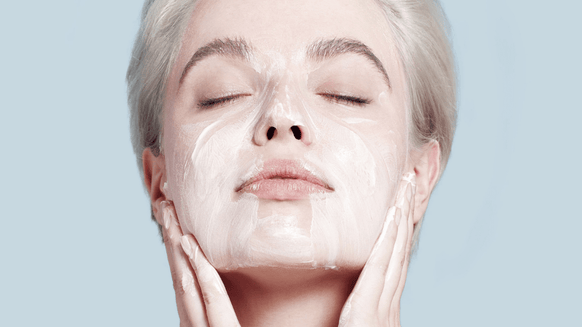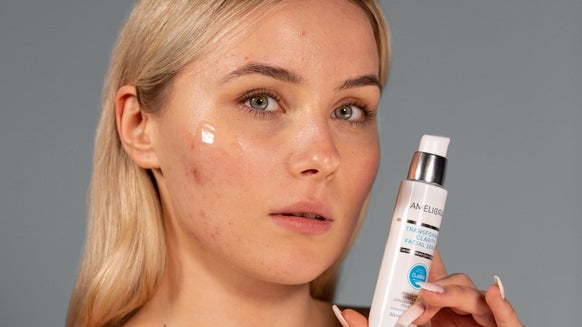A guide to alpha and beta-hydroxy acids

Previously we have talked about what AHAs do, what they are, in this blog, we are giving more information on each acid individually.
Whether an AHA or a BHA they all do one thing – they exfoliate. They dissolve the glue between skin cells and allow the skin cells to shed. Some soften skin better than others, some are gentle and some are more efficient, some are moisturising and some are drying… read on!
AHAs
Glycolic Acid
Glycolic Acid has the smallest molecule of all the AHAs, allowing it to be easily absorbed, well tolerated and a great choice for facial use and targeting fine line, skin prone to acne and blackheads, pigmentation, dullness, etc.
Specifically, it is an excellent exfoliant. Removing the outermost layer of dead cells from the skin to reveal brighter, fresher skin underneath.
It has also been proven to improve the appearance of photo-damaged skin and in-vitro testing has shown it can increase collagen production in the skin.
It can be used by dermatologists within a chemical peel and is also used within serums and moisturisers.
Lactic Acid
Lactic Acid is seen by many as the gentler, more tolerated alternative to Glycolic Acid – due to its slightly bigger molecule size.
It is the second smallest molecule and does three things: it works by breaking down the glue between skin cells causing them to slough off revealing the new skin beneath. It is a powerful humectant drawing moisture onto the skin, leaving it looking and feeling soft.
Like glycolic acid, it is effective at reducing the appearance of fine lines as well as improving skin tone and texture. It is better for dry skin and sometimes for sensitive skin. It is especially beneficial for the body as it leaves skin feeling soft, smooth, moisturised. It can help improve areas of uneven pigmentation.
In recent years, Lactic Acid has been proven to help dislodge and remove the keratin plugs from the hair follicles of those suffering from Keratosis Pilaris. See Ameliorate Transforming Body Lotion for more information.
Mandelic Acid
Mandelic Acid has a larger molecule than glycolic, so because it is absorbed less and it is more gentle. It has anti-bacterial properties and is a go-to anti-ageing ingredient in the skincare world and acts in the same way as the other AHAs: exfoliating, stimulating the production of collagen in-vitro, softening the appearance of fine lines and wrinkles and improving skin texture. Mandelic Acid has also been shown to reduce Malesma (a common skin condition) by as much as 50% in 4 weeks.
BHAs
Salicylic Acid
BHAs are generally less soluble than AHA’s and salicylic acid is no different. It is excellent at breaking down fatty compounds, such as oily sebum that can clog pores. Freeing pores to allow for normal sebum production and flow - thus its popularity with those with spot or acne prone skin. It is also has some antibacterial properties and has been shown to be great at soothing redness associated with acne prone skin. It is considered ‘keratolytic medication’ which means that it’s perfect for supreme exfoliation, freeing dead surface skin cells.
With pores free and unclogged, they’re not so stretched so will appear smaller and sebum can freely flow to the skin surface.
Be Aware
Skin usually needs to get used to AHA's and BHA's and a too high percentage can cause redness or irritation. It should be kept out of eyes as can cause redness and burning.
Although you can mix AHA's and BHA's, it is recommended to not use both at exactly the same time ie use one in the morning and one in the evening. Go easy and allow your skin time to get used to your products.
Most importantly, they make skin more sensitive to the sun and it’s very important to wear sunscreen – this is because they have removed the top layer of ‘protective’ dead skin, so the sun is reaching new skin immediately which has no resilience.










